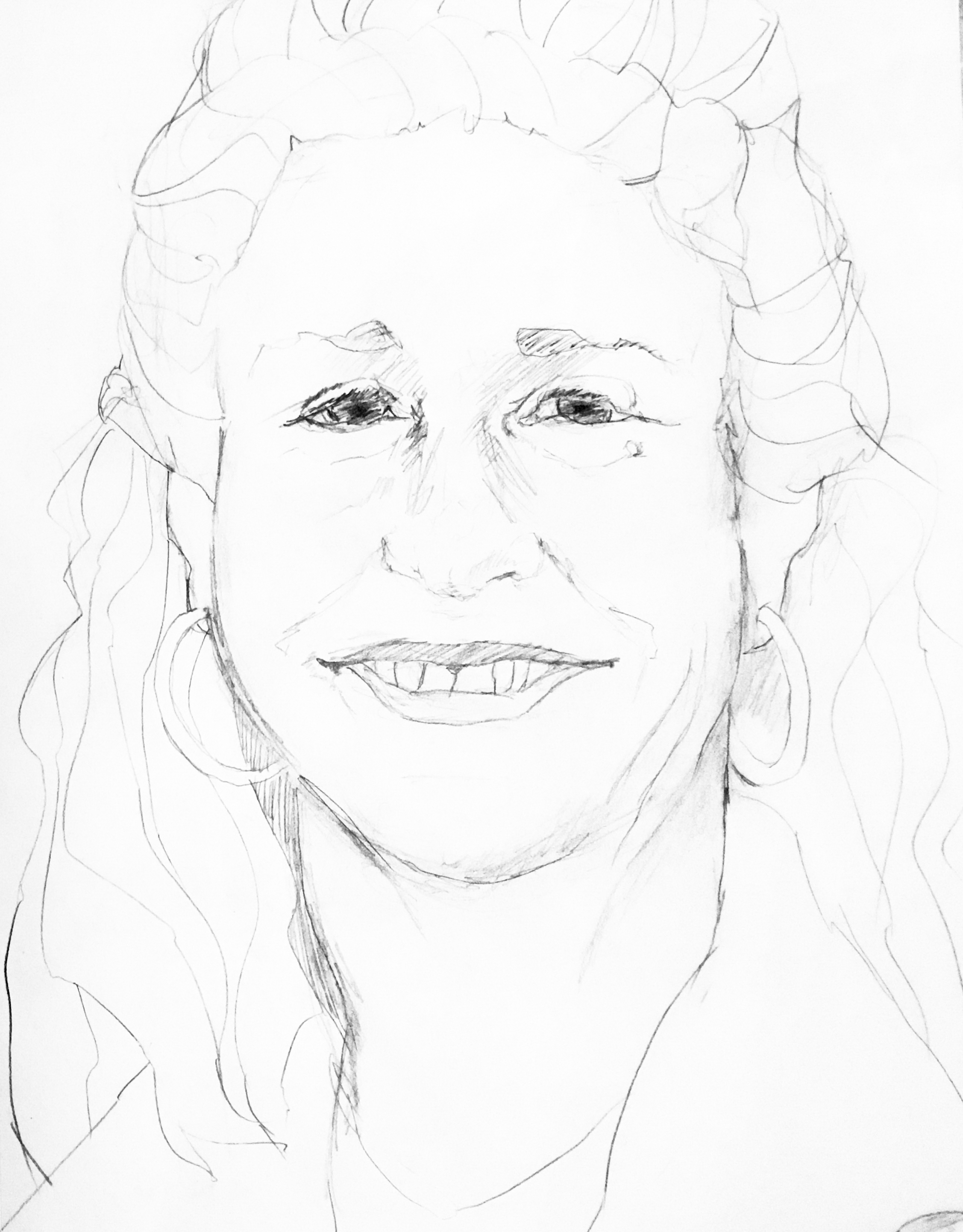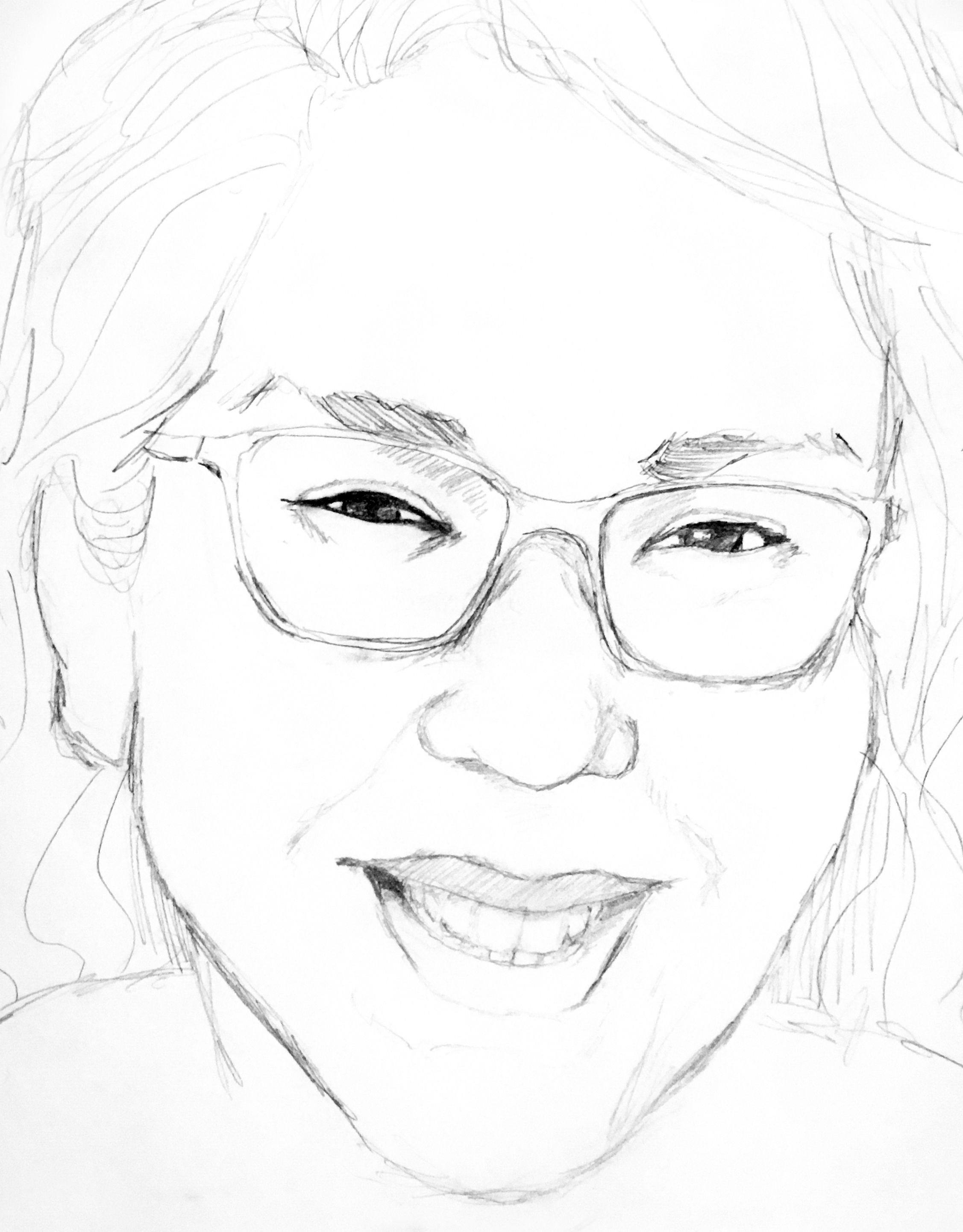Beth Dunn
Lesson #1: "How was I going to maintain authority?"
Beth Dunn has been teaching in Ocean View Elementary School in Albany for the last 16 years.
There have been many situations in which she was challenged as a teacher. One of the stories she tells us is about an emotionally disturbed child. “That was probably my most challenging situation,” she said. “He was violent.”
Dunn never knew what would make him angry. The student would throw the tables and chairs toward her, as well as hit and kick her.
“It was really hard. I had 23 other students in the classroom, and they were very frightened,” said Dunn. “And how was I going to maintain authority in the classroom, when I have this kid that is acting this way?”
Eventually the school administration relocated the student to another classroom, with another educator who specialized in teaching students with special needs. “It was very healing for all of us,” said Dunn. Unfortunately, however, Dunn later learned the student was eventually suspended from the school.
Lesson #2: "That's how he must feel."
Working at a public school in a community with low-income families brought other unexpected provocations.
Dunn remembers her very first day as a teacher: now she smiles telling this story, but she did not smile back then.
Lesson #3: "I do feel like this!"
A teacher’s day in the classroom is full of joy and laughter.
Sometimes little kids can teach adults life lessons. Their sensitivity and awareness can affect a teacher enough that they will tell about that story after many years.



